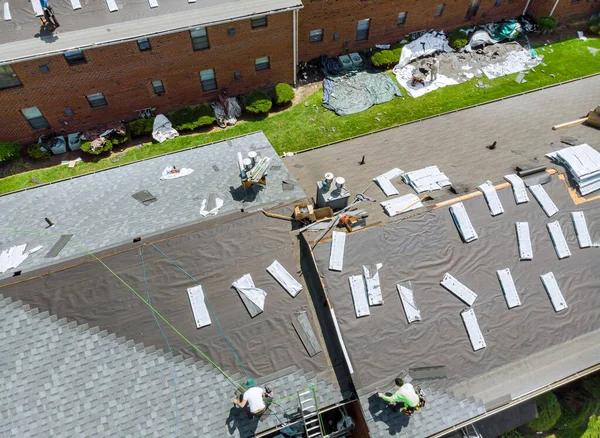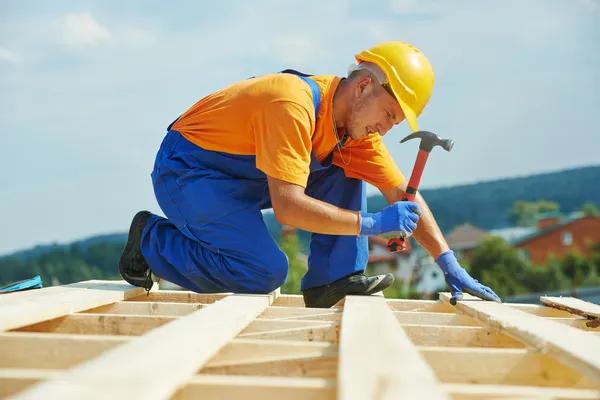Blown-in insulation, also known as loose-fill insulation, is an ideal choice for retrofit upgrades. This type of insulation is particularly suitable for existing homes and buildings that lack adequate insulation. It can significantly improve energy efficiency, reduce heating and cooling costs, and enhance comfort levels.
The blown-in insulation material typically consists of cellulose, fiberglass or mineral wool. These materials are mechanically blown into the cavities of walls or attics using specialized equipment. The process allows for a comprehensive coverage that fills all nooks and crannies effectively sealing off air leaks.
One key advantage of blown-in insulation over traditional batts or rolls is its ability to provide a seamless thermal blanket. It eliminates gaps and voids that can compromise the insulating value. Moreover, it has higher R-values per inch than other forms of insulation; thus providing superior thermal resistance in less space.
Another notable benefit is its flexibility blown in insulation contractor hard-to-reach areas such as corners, edges around wiring or plumbing fixtures without any difficulty making it an excellent option for retrofitting older homes with irregular framing patterns.
Furthermore, blown-in insulation offers soundproofing benefits due to its dense nature which helps dampen noise transmission between rooms or floors adding to the overall comfort within your home.
From an environmental perspective, many blown-in insulations are made from recycled materials like newspaper (cellulose) which reduces landfill waste while contributing positively towards energy conservation efforts by reducing demand on heating and cooling systems.
In terms of cost-effectiveness, while the initial investment may be slightly higher than traditional methods; the payback period through savings on utility bills is relatively short making this a worthwhile long-term investment.
However, installation requires professional expertise to ensure optimal performance avoiding common pitfalls such as overpacking which can decrease effectiveness or underfilling leaving gaps leading to heat loss.
Also noteworthy is that certain types like cellulose have fire-retardant properties enhancing your home’s safety. Additionally, they are resistant to pests like rodents and insects which can cause damage over time.
Lastly, retrofitting with blown-in insulation increases the property value by improving its energy efficiency rating. Prospective buyers often factor in energy costs when considering a purchase making this upgrade an attractive selling point.
In conclusion, blown-in insulation offers numerous benefits making it an ideal choice for retrofit upgrades. Its superior insulating ability coupled with soundproofing properties and eco-friendliness makes it a popular choice amongst homeowners seeking to improve their homes’ comfort, reduce energy costs and contribute towards environmental conservation efforts. With professional installation, this investment can significantly enhance your home’s overall performance while increasing its market value.





